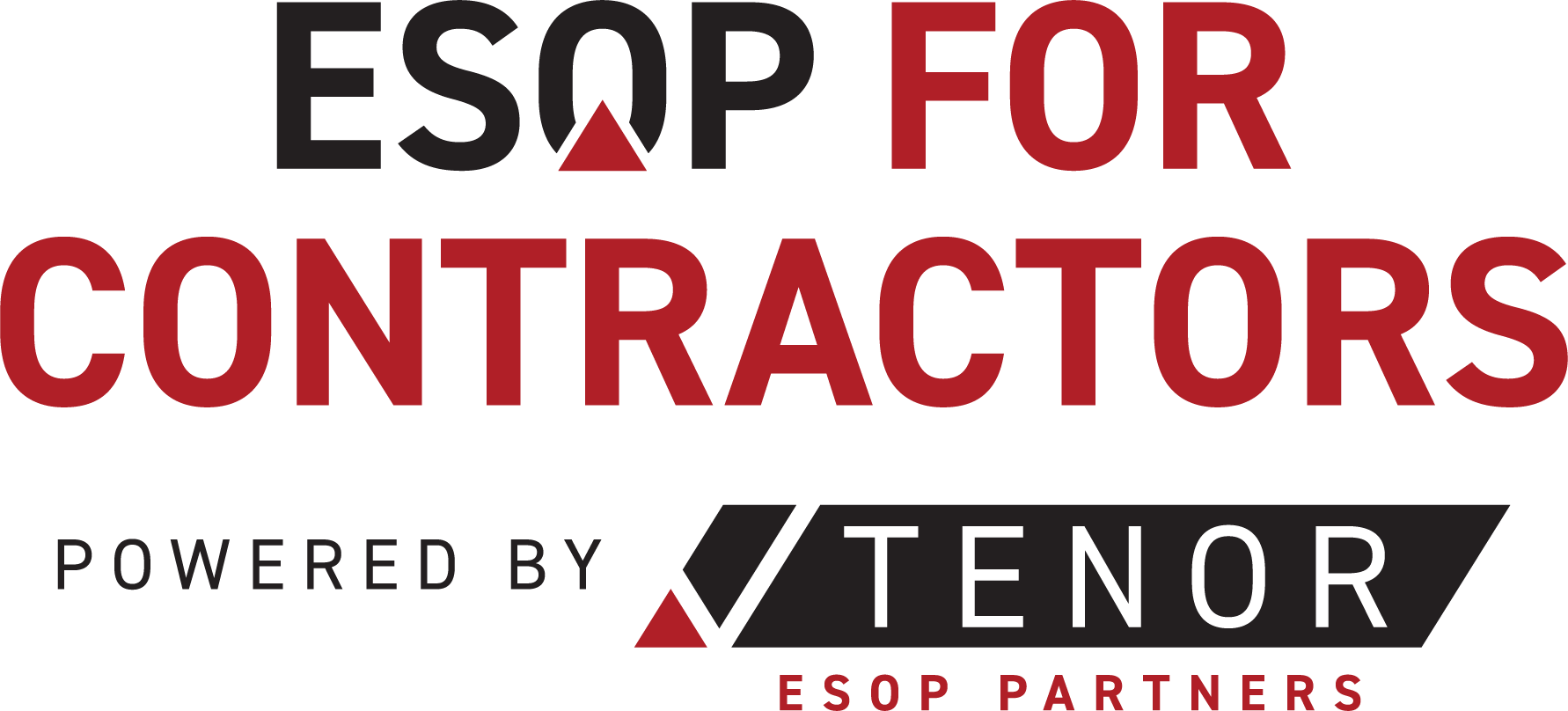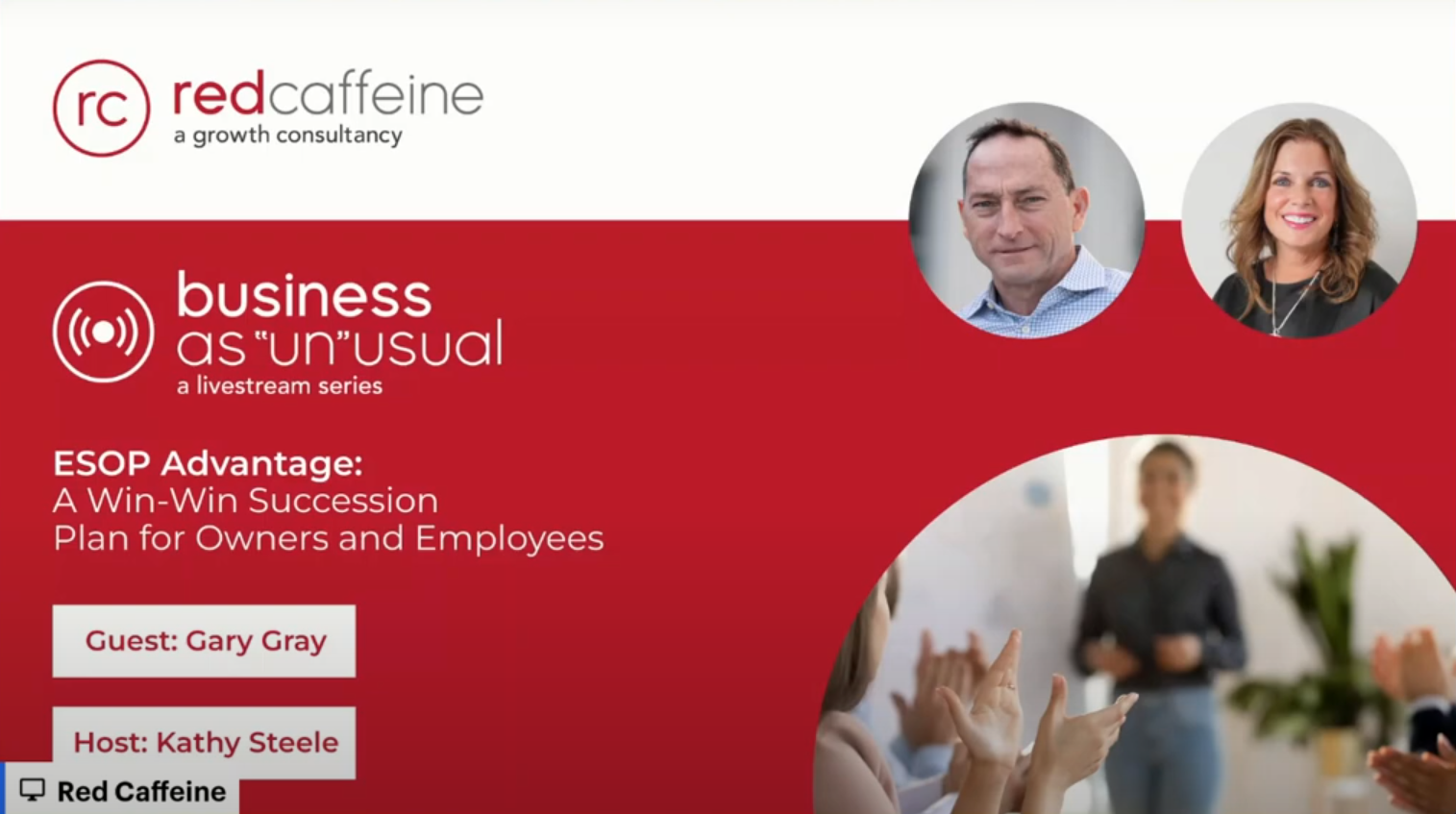Tax Optimization Guide for Contractor Business Owners: Why Ownership Structure Matters More Than You Think
Last Updated: 02/09/2025
Written by: Gary Gray
Most contractors spend countless hours thinking about equipment depreciation, timing their material purchases, and juggling project completion dates to manage their tax burden. But what if you're focusing on the small tax decisions while missing the biggest tax advantage available to contracting businesses?
Your business ownership structure affects every tax decision you make - and might be creating unnecessary tax burdens that no amount of clever timing or deduction planning can overcome.
The Hidden Tax Burden in Traditional Ownership Structures
The C-Corporation Tax Trap
Many successful contracting businesses operate as C-corporations, often because that's how they started years ago. While this structure offered advantages in the past, it now creates a costly double taxation problem that gets worse as your business becomes more profitable.
Every dollar of profit faces corporate tax first, then gets taxed again when distributed to owners. Even with careful planning, this double tax burden often costs contractors millions in unnecessary taxes over time.
S-Corporation Limitations
S-corporations eliminate double taxation but create their own constraints. As your contracting business grows, you might find that:
- Owner salaries and distributions face increasing IRS scrutiny
- The single class of stock limitation restricts your financing options
- The shareholder restrictions limit your succession planning choices
Most importantly, even S-corporations still pay significant federal taxes on profits - taxes that some ownership structures can legally eliminate.
Partnership Complexities
Operating as a partnership or LLC provides flexibility but adds complexity to your tax situation. While these structures avoid double taxation, they often create:
- Complex tax allocation requirements
- Self-employment tax complications
- Challenging transition planning
Wondering if your current ownership structure is costing you money? Contact Gary Gray for a confidential review of your tax situation & ESOP conversion opportunity. As the only ESOP advisor exclusively serving contractors, we understand your unique challenges and opportunities.
The Tax Strategy Ceiling
Traditional tax planning within these structures eventually hits a wall. No matter how carefully you time your equipment purchases or manage your project completion dates, your basic ownership structure limits how much you can reduce your tax burden.
Many contractors discover this limitation too late - after years of profitable operations create tax burdens that better ownership structures could have avoided.
The ESOP Tax Advantage: A Game-Changing Approach
While traditional ownership structures create unavoidable tax burdens, an Employee Stock Ownership Plan (ESOP) can offer contractors a unique combination of tax advantages. This isn't about minor deductions or timing strategies - it's about fundamentally changing how your business is taxed.
The S-Corporation ESOP Difference
Imagine eliminating federal income tax on your company's profits entirely. Not reducing it. Not deferring it. Eliminating it. An S-corporation ESOP can operate virtually tax-free at the federal level, creating advantages that no other ownership structure can match:
- Profits can flow to the ESOP tax-free
- More cash remains available for operations
- Enhanced ability to invest in growth
- Stronger financial metrics for bonding
The 1042 Election: A Powerful Tool for Owners
For owners considering transition options, Section 1042 of the Internal Revenue Code offers a remarkable opportunity. This provision allows you to:
- Defer capital gains taxes on your sale proceeds
- Reinvest in qualified replacement securities
- Create estate planning opportunities
- Maintain influence in business operations
Implementation: Making the Transition Work
Converting to an ESOP requires careful planning and expertise, particularly for contracting businesses where maintaining bonding relationships and operational control is crucial. Successful implementation means considering:
Timing Considerations
The best time to explore an ESOP transition isn't when you're ready to retire - it's when your business is strong and growing. This allows you to:
- Maximize tax benefits
- Optimize transaction structure
- Maintain business momentum
- Strengthen bonding relationships
Operational Control
One common concern about ESOP transitions is loss of control. However, well-structured ESOPs allow you to:
- Maintain management control
- Continue directing business strategy
- Preserve key relationships
- Guide future business direction
The Next Steps
Wondering if an ESOP could help your contracting business eliminate unnecessary taxes? Contact Gary Gray for a confidential discussion about your specific situation. With our exclusive focus on contractors, we understand how to structure ESOP transitions that protect your bonding capacity while maximizing tax advantages.
Remember, every day you operate under a traditional ownership structure might be costing you money in unnecessary taxes. The key is understanding whether an ESOP transition makes sense for your specific situation.
Don't make assumptions about whether your business qualifies for ESOP tax advantages. Many contractors are surprised to learn that their business is an excellent candidate for conversion. The only way to know for sure is to have your situation evaluated by an expert who understands both ESOPs and the unique needs of contracting businesses.
How to get started
Getting started with an Employee Stock Ownership Plan (ESOP) can transform your contracting business, unlocking potential for growth and ensuring lasting value for everyone involved. At ESOP for Contractors, we understand the intricacies of the process, from assessing your company's current status to designing a tailored ESOP that aligns with your goals. Our leadership team knows firsthand how to create winning strategies that benefit both owners and team members alike. If you're curious about how an ESOP could enhance your business's future, we invite you to reach out for a free consultation. Let’s explore how we can help you achieve sustainable success together!
Your Point Of Contact

Gary Gray
ESOP for Contractors was founded by Gary Gray, an experienced ESOP CEO who has firsthand experience in navigating the post-transaction landscape, maximizing the value of an Employee Ownership Culture and ultimately achieving nearly 3x growth in five years following the ESOP transaction. At ESOP for Contractors, we have helped owners craft the perfect kickoff message to announce the new business structure, facilitated the formation of effective boards with independent directors, provided the quick resource to answering the tactical questions that quickly emerge in the new ESOP environment and successfully executed succession plans on the selling shareholders' timeline.
Book a Free Consultation
Interested in a free consultation for your contracting business? Send us a message - We’re here to help.
Thank you for contacting us! We’ve received your message and will get back to you as soon as possible. If you need immediate assistance please call us at 404-849-0244.
Please try again later
ESOP FAQ's
What is an ESOP?
An ESOP is a qualified retire plan that invests solely in the stock of the sponsoring company. Over time, employees accumulate shares, which they can cash out upon retirement, departure, or under other circumstances defined by the plan.
How does an ESOP work?
- Formation of the ESOP Trust: A company sets up an ESOP trust, which will purchase the shares on behalf of employees. The company typically funds this trust through future earnings.Financing the ESOP: The ESOP trust can buy shares solely through future earnings or by borrowing money. The company then repays the loan, with tax-deductible contributions, over time.Allocation to Employees: Shares in the ESOP trust are allocated to individual employee accounts, based on total employee compensation.Vesting Schedule: Employees earn the right to the shares over a vesting period, which can range from three to six years or more, incentivizing them to stay with the company.Exit and Distribution: When employees leave the company, retire, or otherwise separate, the company buys their shares back at fair market value, providing them with a significant retirement benefit.
Why should I consider an ESOP for my business?
- Succession Planning: ESOPs provide an orderly and flexible exit strategy for business owners who want to retire without selling to outside buyers.Tax Advantages: ESOPs offer substantial tax benefits. Contributions used to repay the ESOP loan are tax-deductible, and owners selling to an ESOP in a C corporation can defer capital gains taxes under certain conditions. An S-Corp ESOP structure offers substantial tax advantages, including the ability to eliminate or greatly reduce federal income taxes, make deductible contributions to the ESOP, and potentially defer capital gains tax on stock sales through certain strategies.Employee Motivation and Retention: ESOPs can boost employee morale, productivity, and loyalty because employees have a direct stake in the company’s success.Preservation of Company Culture: Selling to an ESOP ensures that the business remains in the hands of those who understand and value its culture, which is often a key concern for founders.Access to Financing: ESOP-owned companies may have better access to financing due to tax advantages, which improve cash flow and make loan repayment more manageable.
What's the role of consultants for an ESOP?
Determining if an ESOP is a Good Fit















